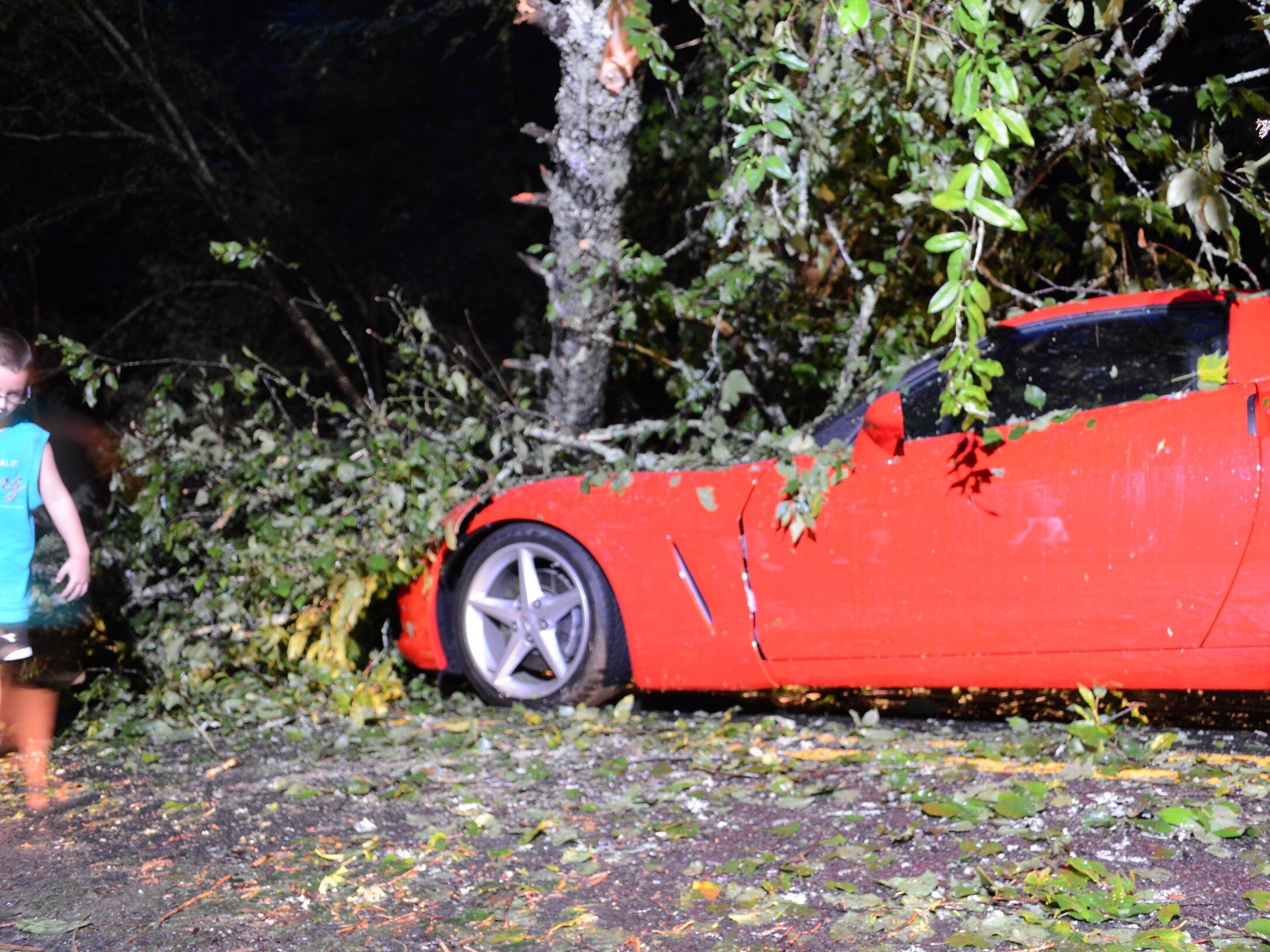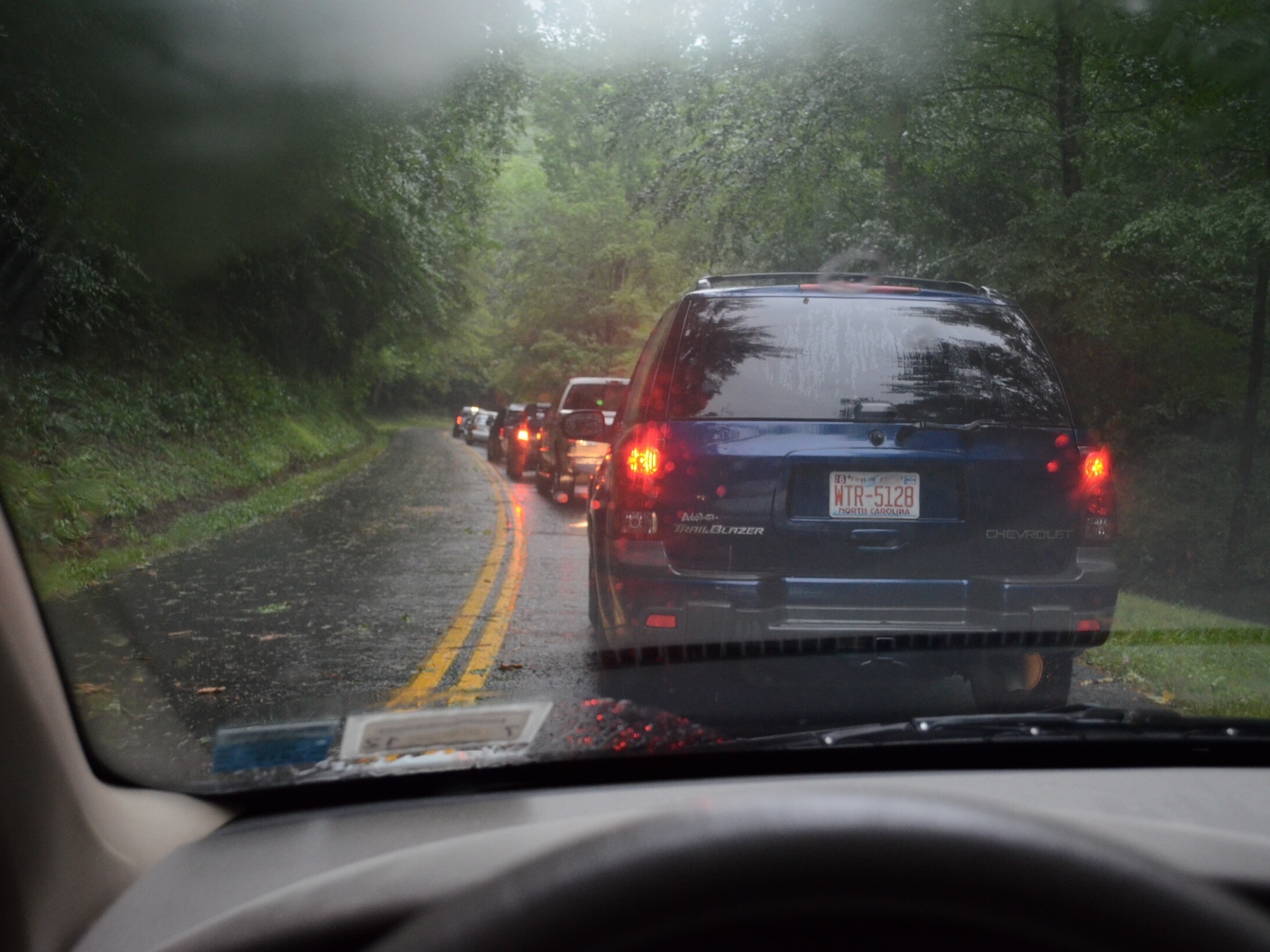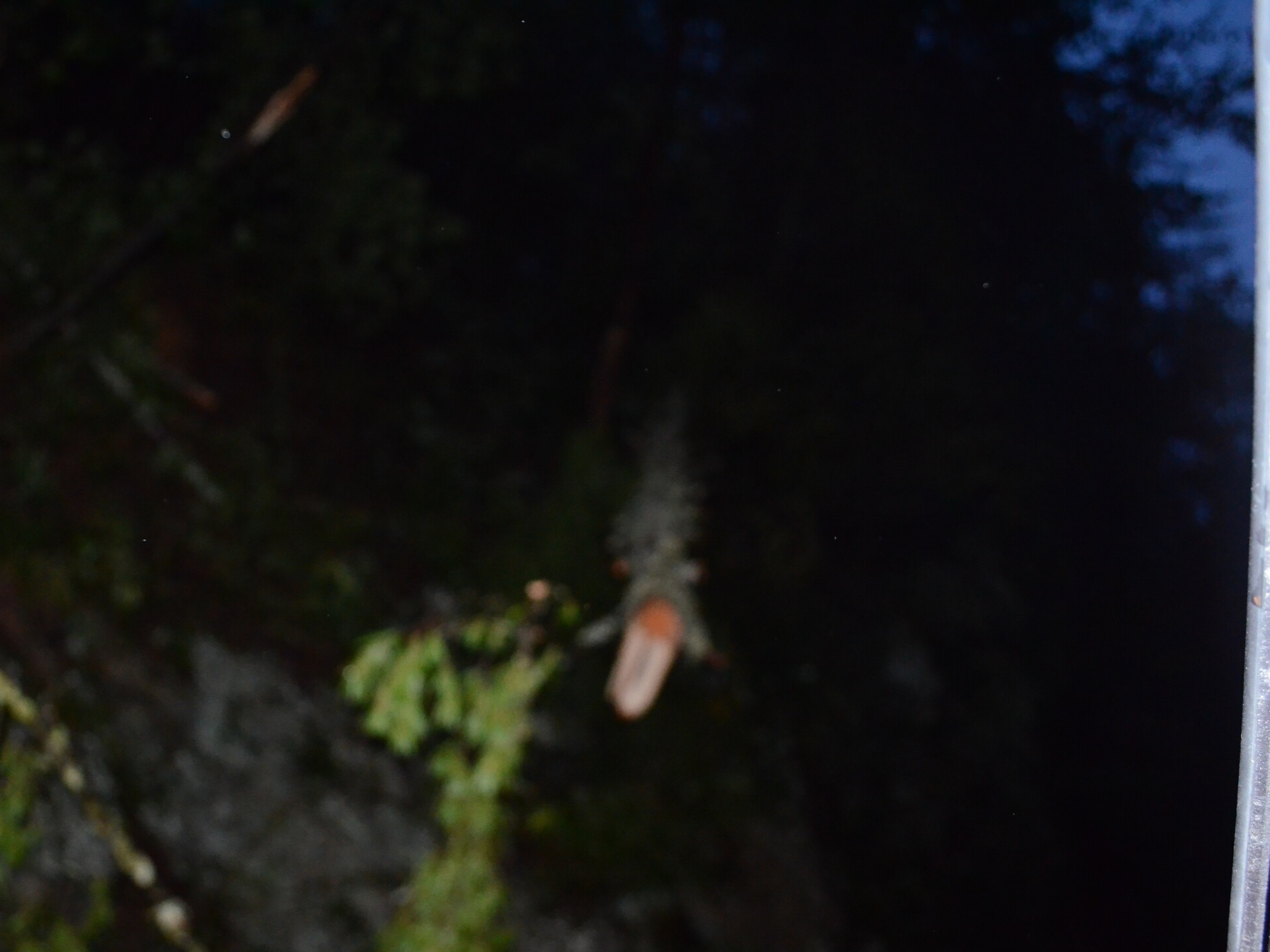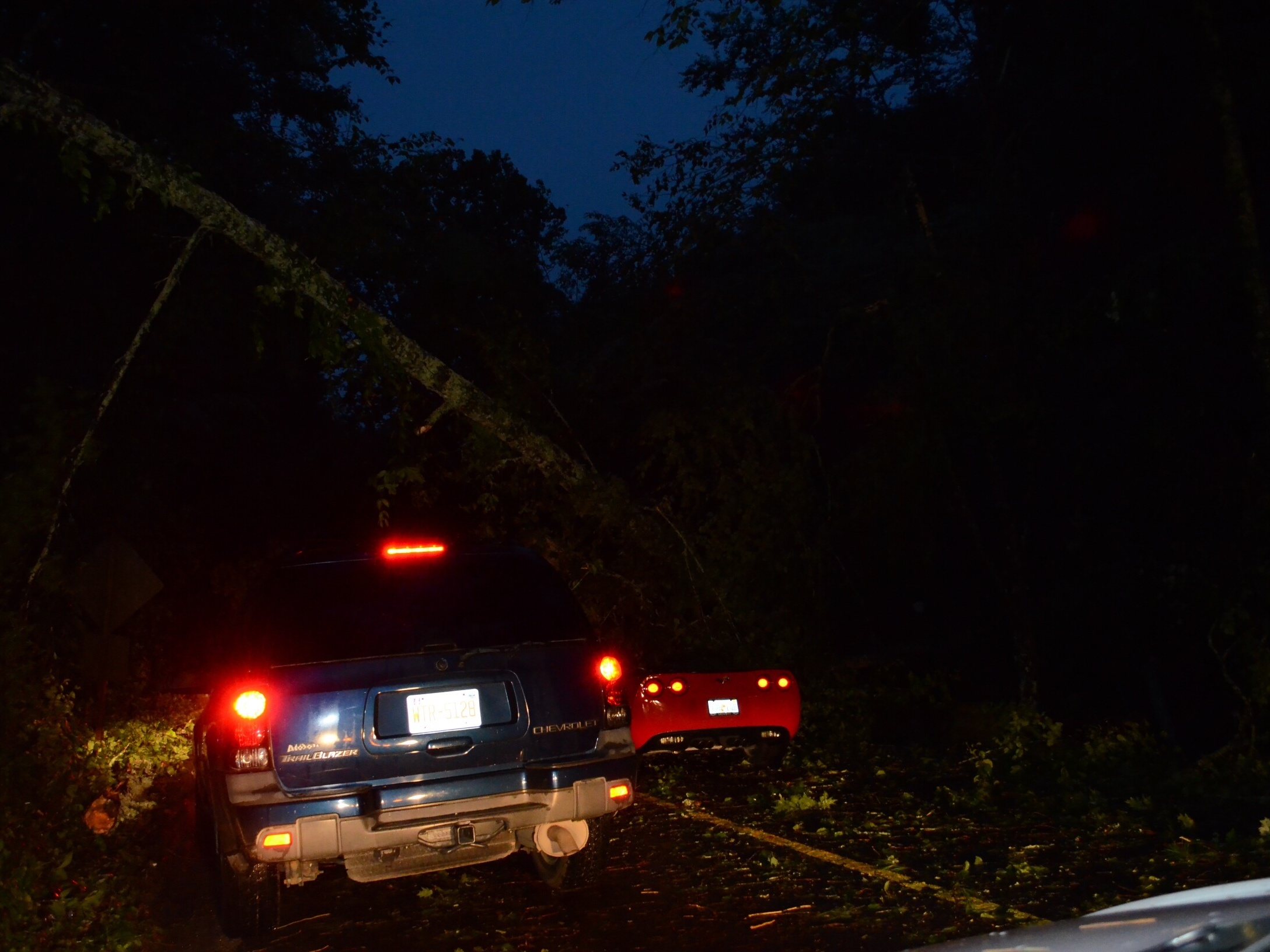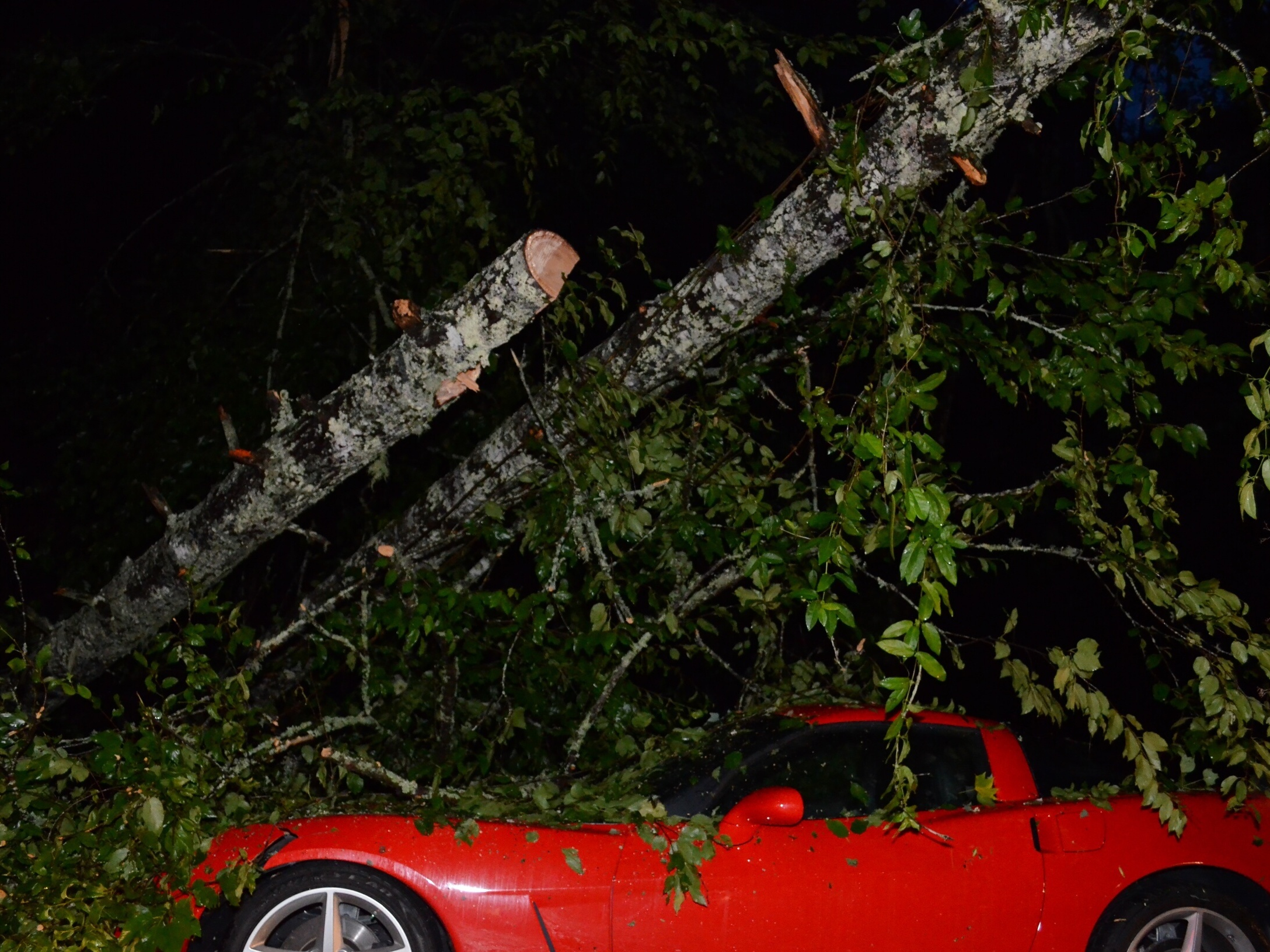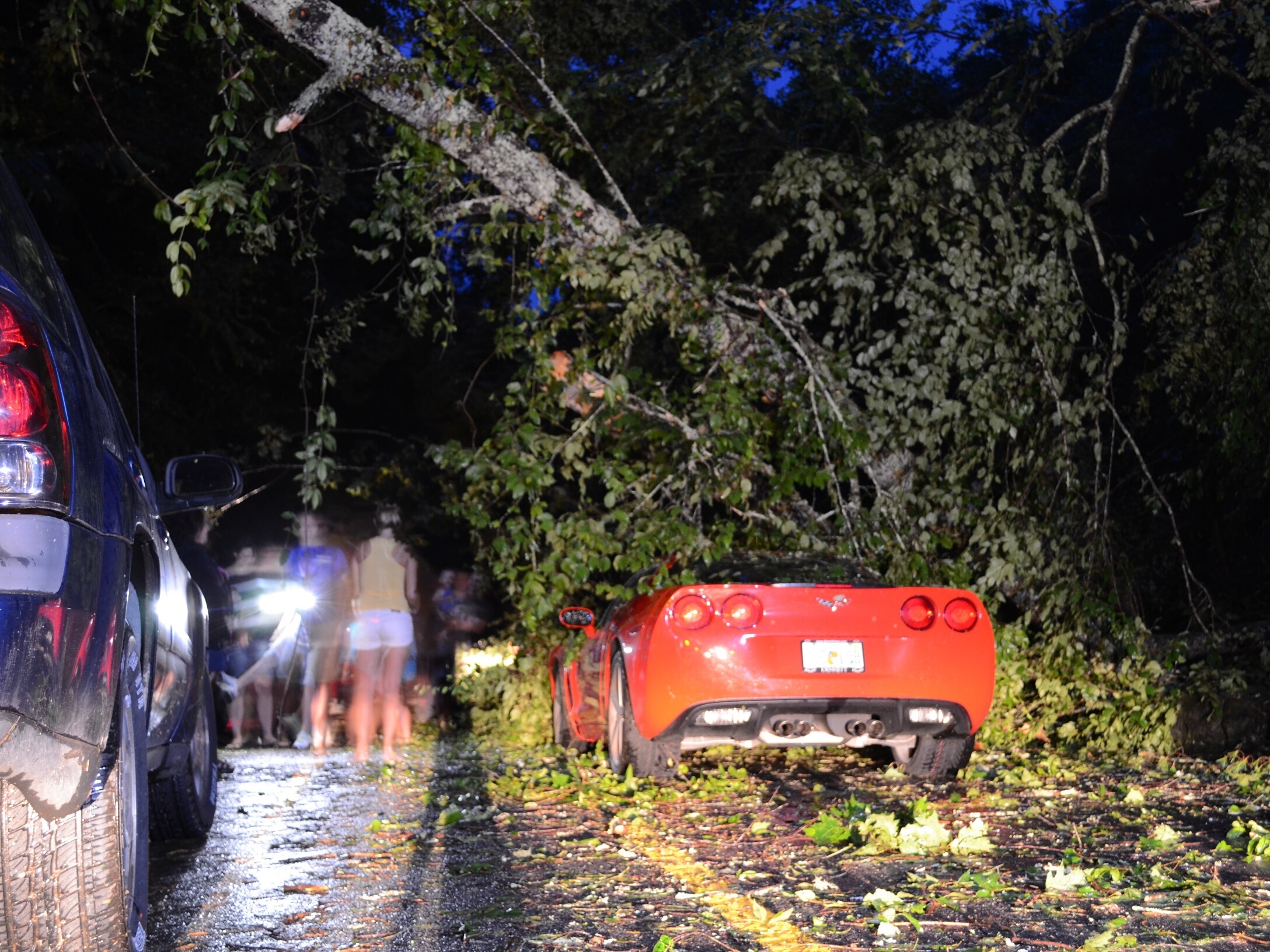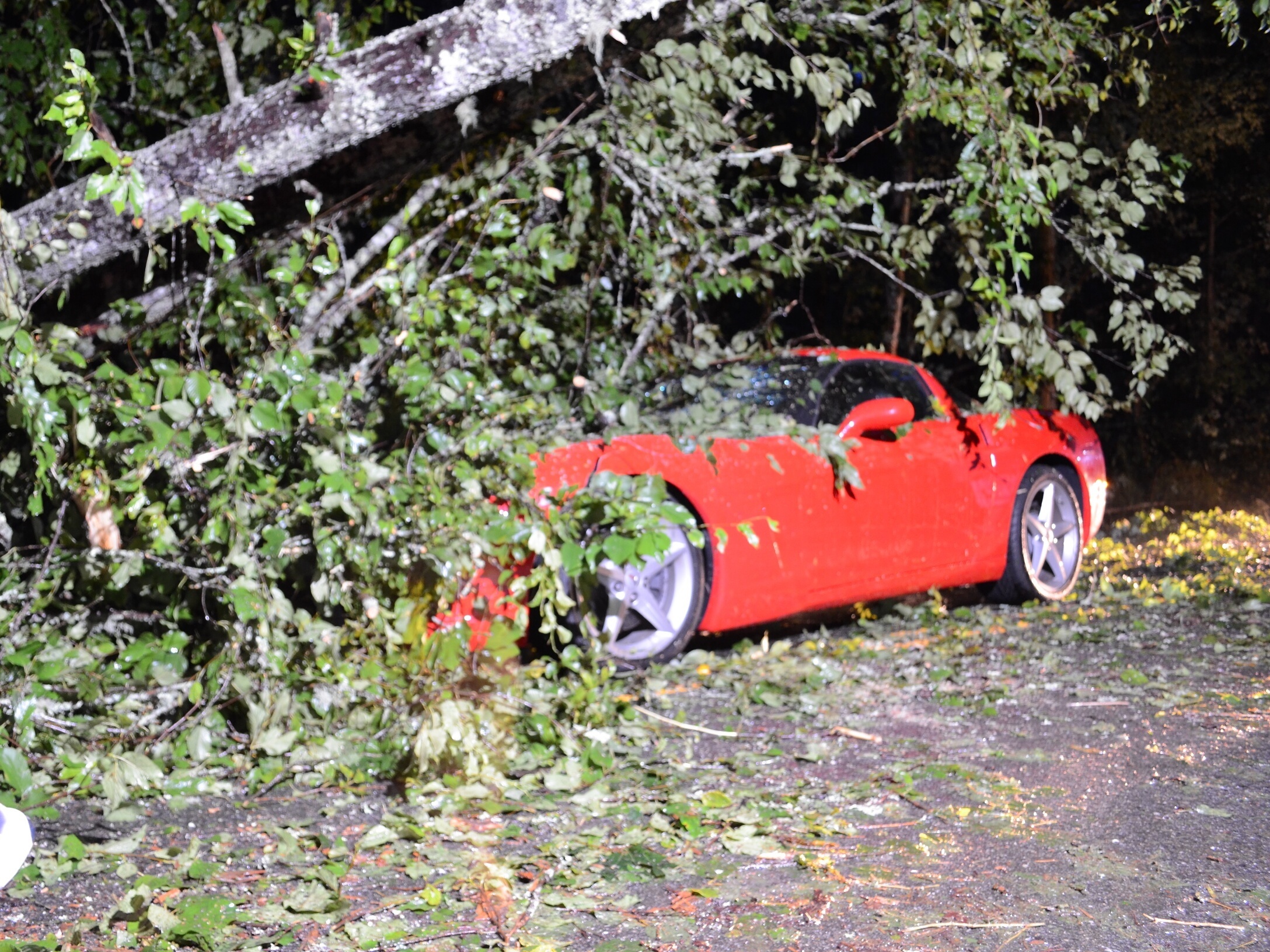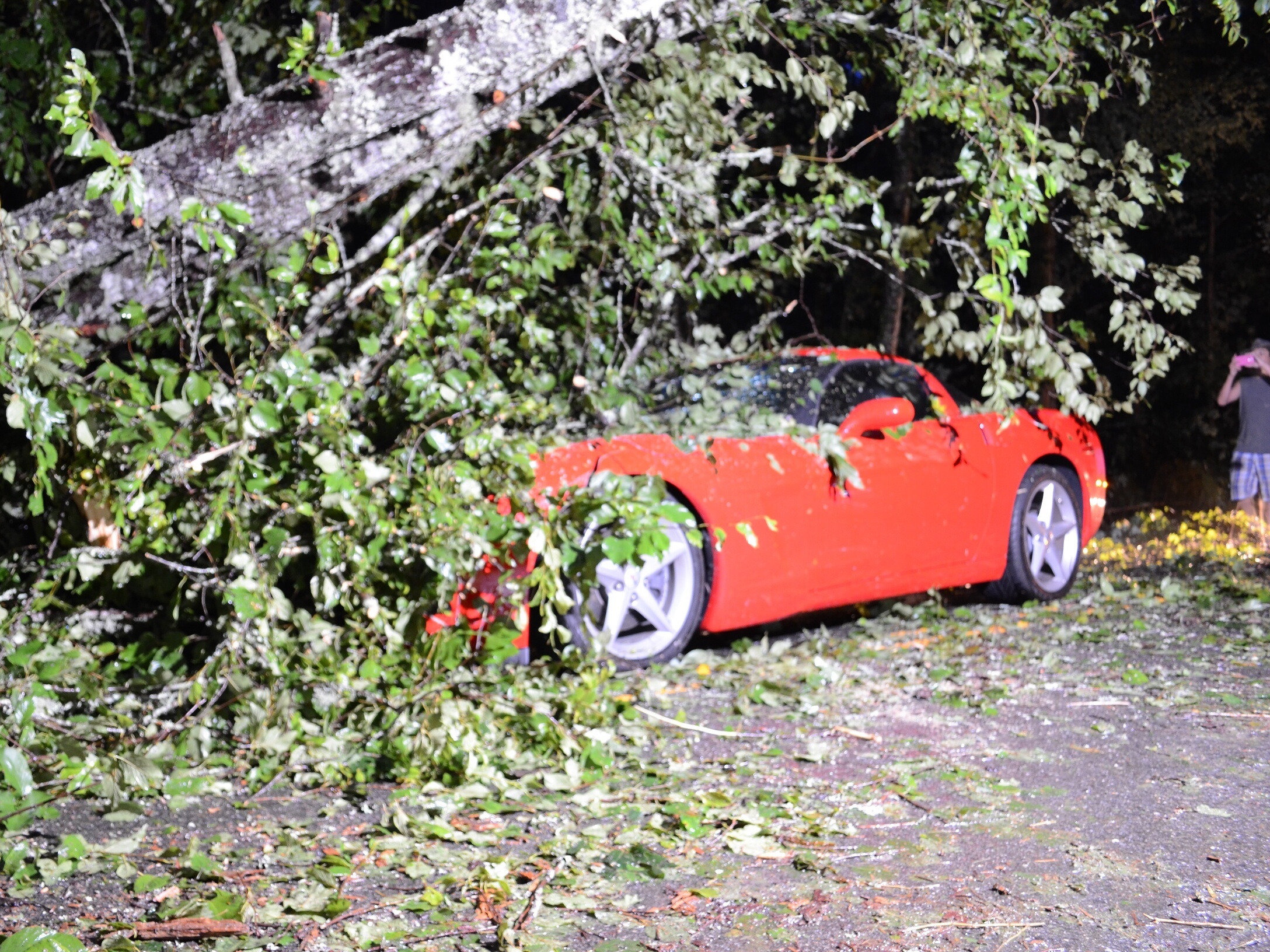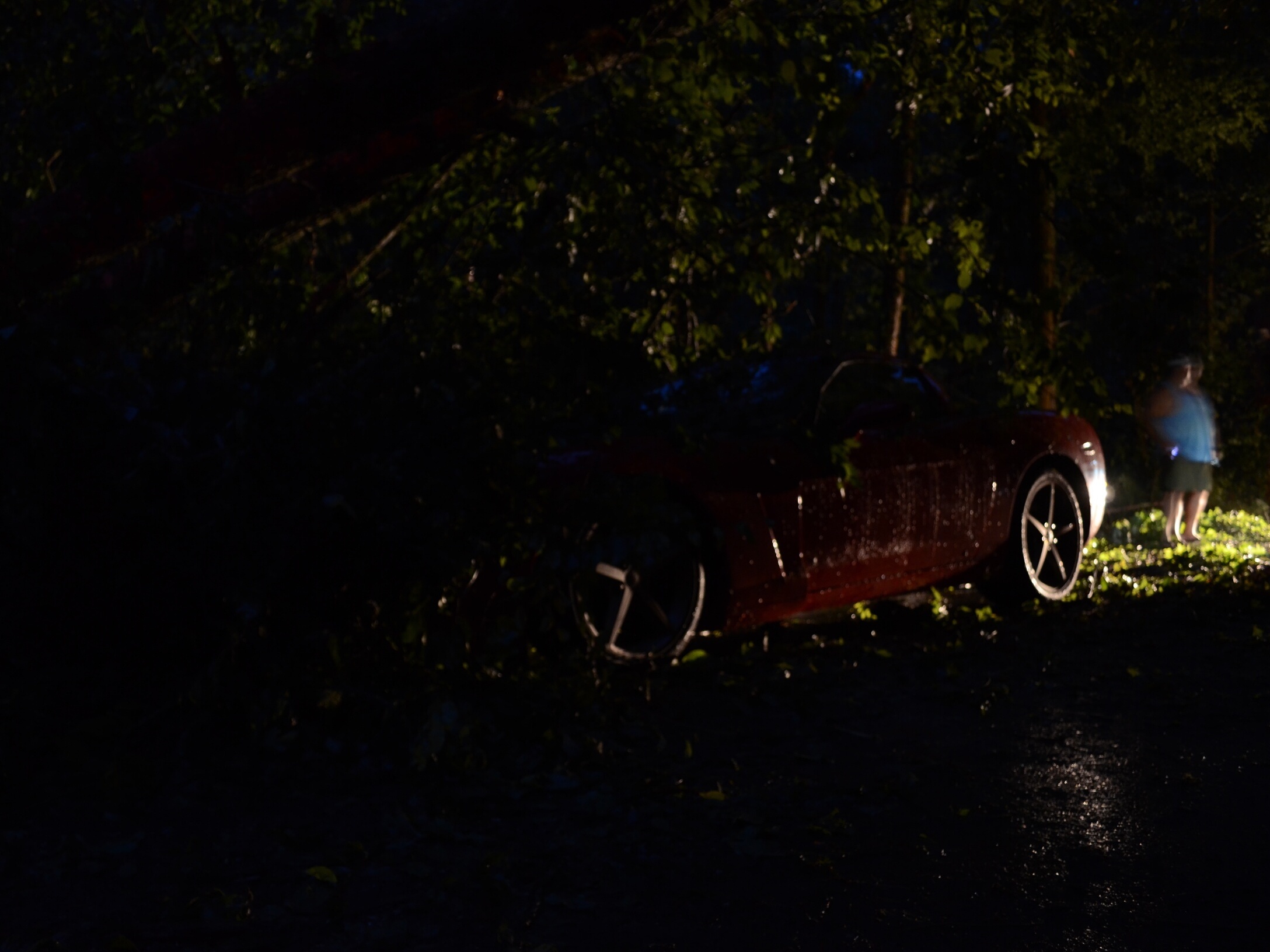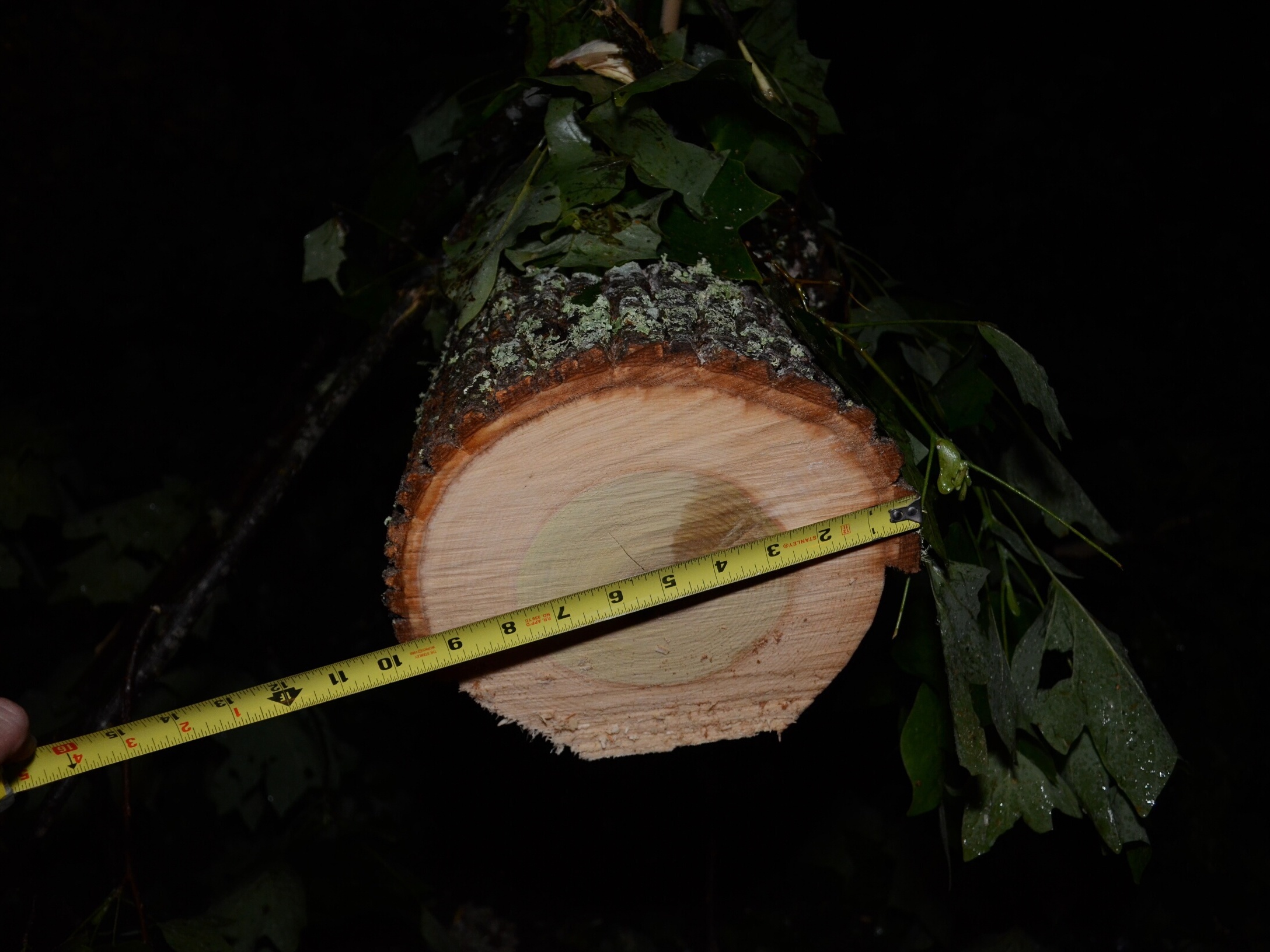It’s a lovely day for an outing with the family in the park…until the storm comes out of nowhere. Suddenly, trees are down, property is damaged, you and the outside world are cut off from each other. With the news crews unable to reach the scene, the camera person closest to the damage is…YOU!
That’s exactly the situation I found myself in when a sudden storm hit Great Smoky Mountains National Park on July 5, 2012. My family and I, along with hundreds of others, were trapped in the park for hours as rangers and rescue crews worked to clear fallen trees from park roads. As our line of traffic snaked past the hardest-hit areas, the severity of the storm became apparent. I had my camera along, and got photos of the storm’s effects while they were still fresh.


